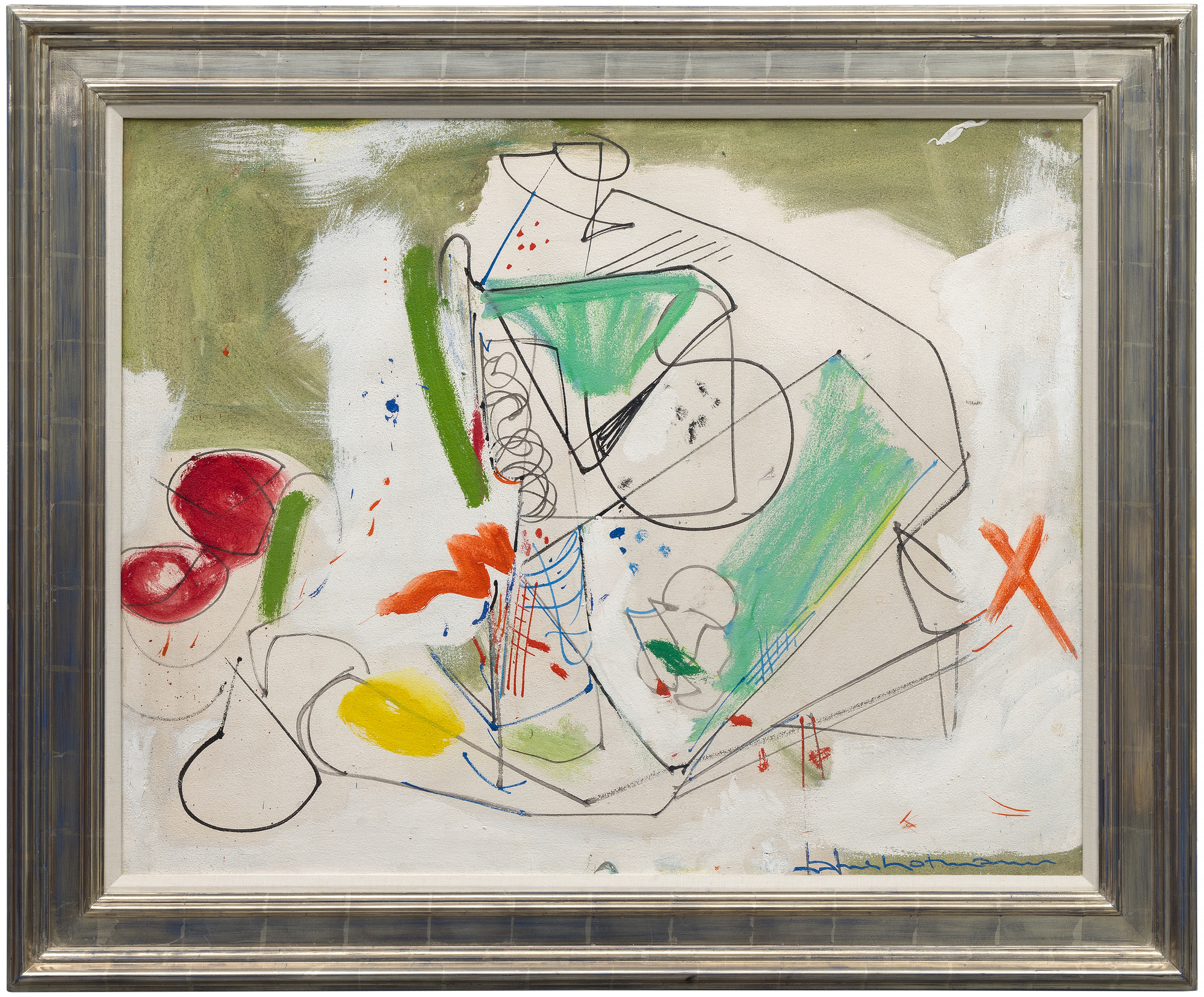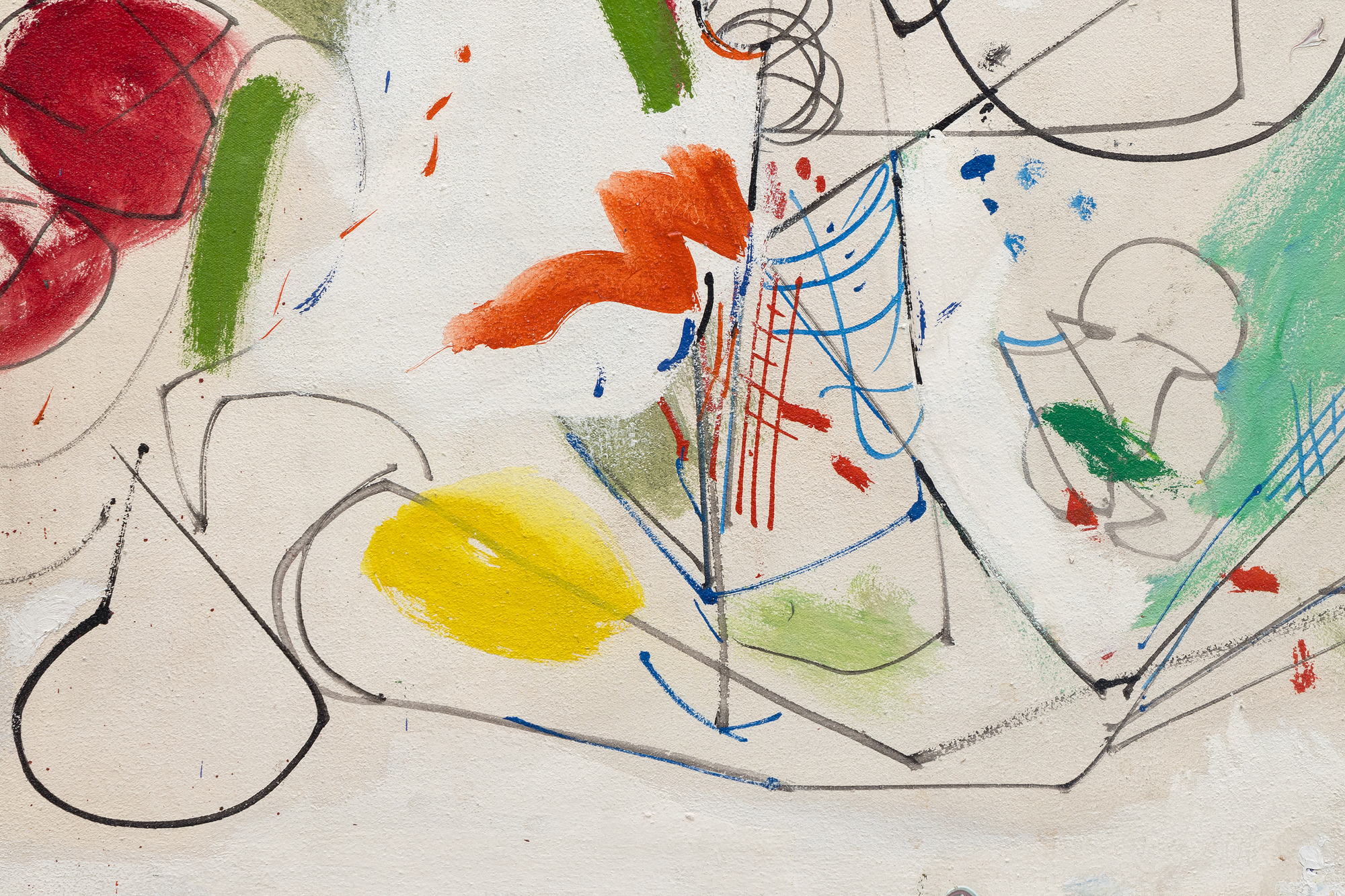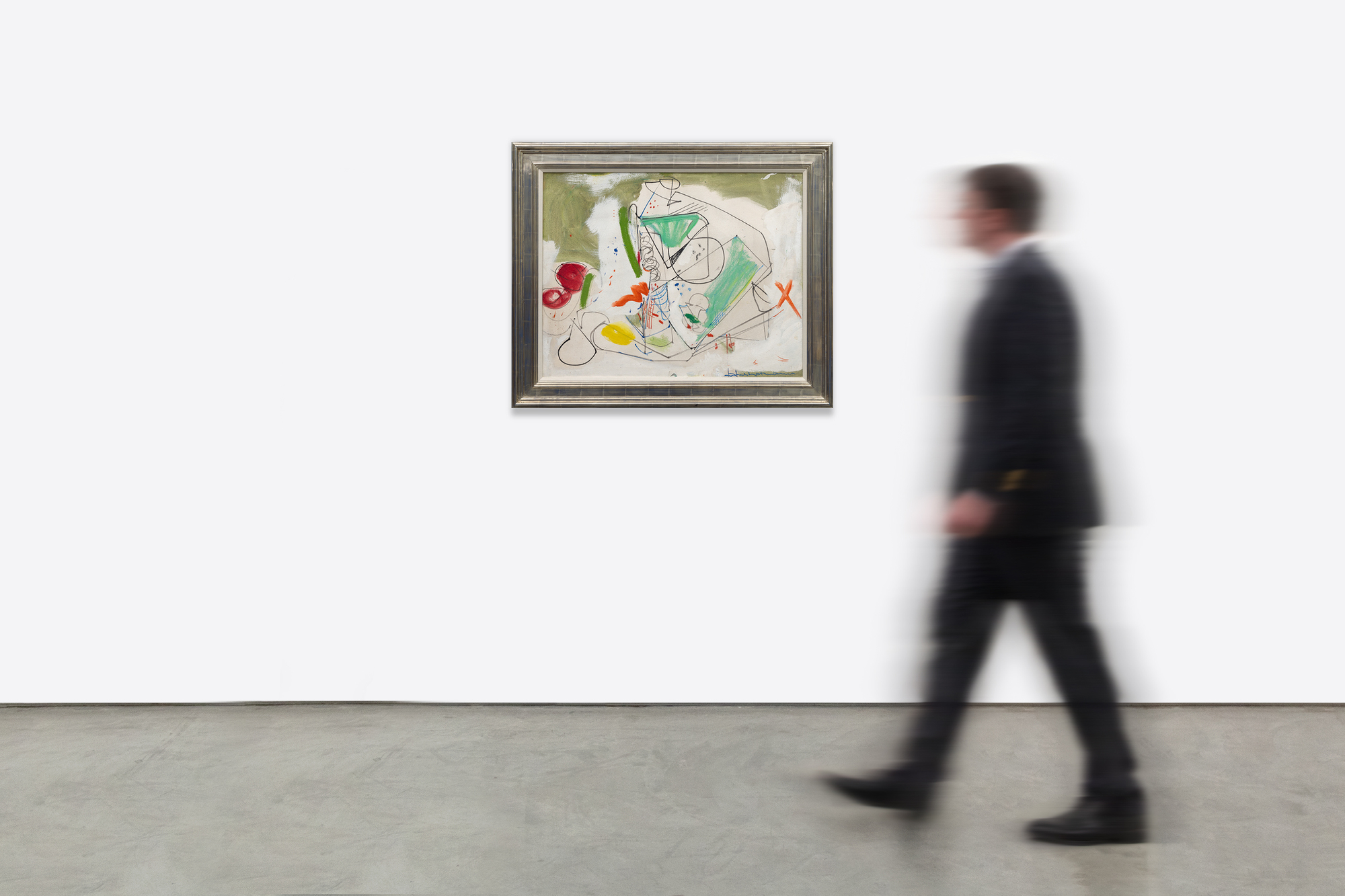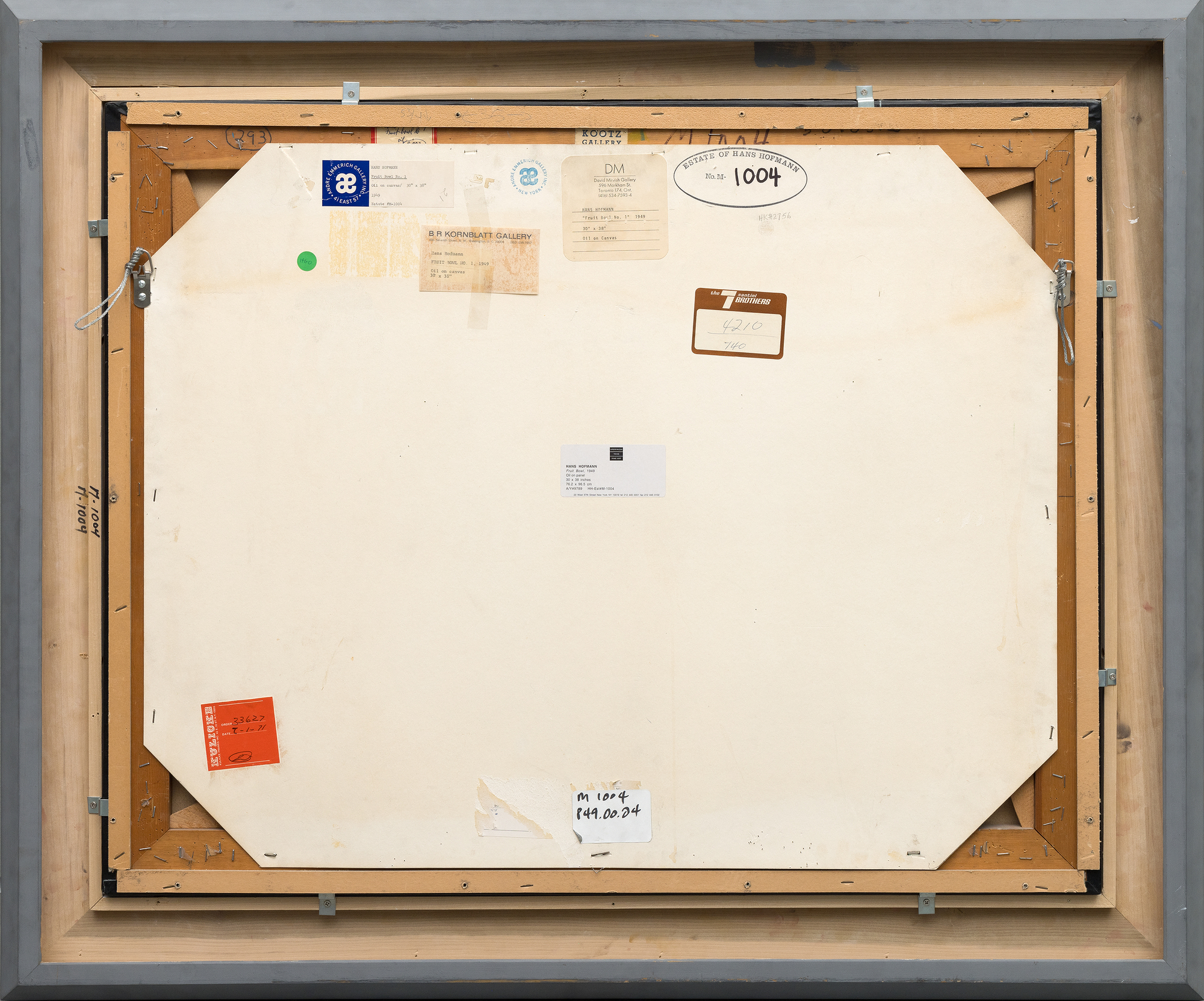הנס הופמן(1880-1966)










מקור ומקור
אוסף האמן, ניו יורק, ניו יורקקרן רנטה, הנס ומריה הופמן, ניו יורק, ניו יורק
Ameringer & Yohe Fine Art, ניו יורק, ניו יורק
אוסף פרטי, ניו ג'רזי
תערוכה
ניו יורק, ניו יורק, גלריית Kootz, רזומה של עונת 1950–51, 4-29 ביוני 1951בוסטון, מסצ'וסטס, גלריית הרקוס קרקוב רוזן סונאבנד, ציורי הנס הופמן, 17 בנובמבר - 22 בדצמבר 1973
טורונטו, קנדה, גלריה מריאן פרידלנד, הנס הופמן: ציור מרכזי ועבודות על נייר, 4 - 25 באפריל, 1981
ניו יורק, ניו יורק... עוד...k, Ameringer Yohe Fine Art, Hans Hofmann: The Unabashed Unconscious: Reflections on Hofmann and Surrealism, 30 במרץ - 27 באפריל, 2006
ספרות
גלריית Kootz, רזומה של עונת 1950–51, ניו יורק, 1951, קט. לֹא. 10, כקערת פירותגלריה מריאן פרידלנד, הנס הופמן: ציור מרכזי ועבודות על נייר, טורונטו, 1981
סינתיה גודמן, Hofmann: Abbeville Modern Masters, New York 1986, p. 37
Jed Perl, Hans Hofmann, the Unabashed Unconscious: Reflection on Hofmann and Surrealism, New York, 2006, p. 40 (אייר בצבע)
Suzi Villiger, Hans Hofmann: Catalogue Raisonne of ציורים, כרך II, Surrey, 2014, HH cat. לֹא. 327-1949, עמ'. 453 (אייר בצבע)
... פחות... מחיר 380,000
קערת פירות מס' 1 משקפת את הדיאלוג המתמשך של הופמן עם מודרניסטים אירופאים קודמים, תוך כדי דחיפה לעבר האינסטינקטים החופשיים יותר של האקספרסיוניזם המופשט האמריקאי. ציורים מתקופה זו בקריירה של הופמן, שזכו לביקורת כבלתי מתאימים לדומיננטיות הגואה של הפשטה מחוותית, נותרו שלו - תוססים, חוקרים ואישיים באופן לא מתנצל.


